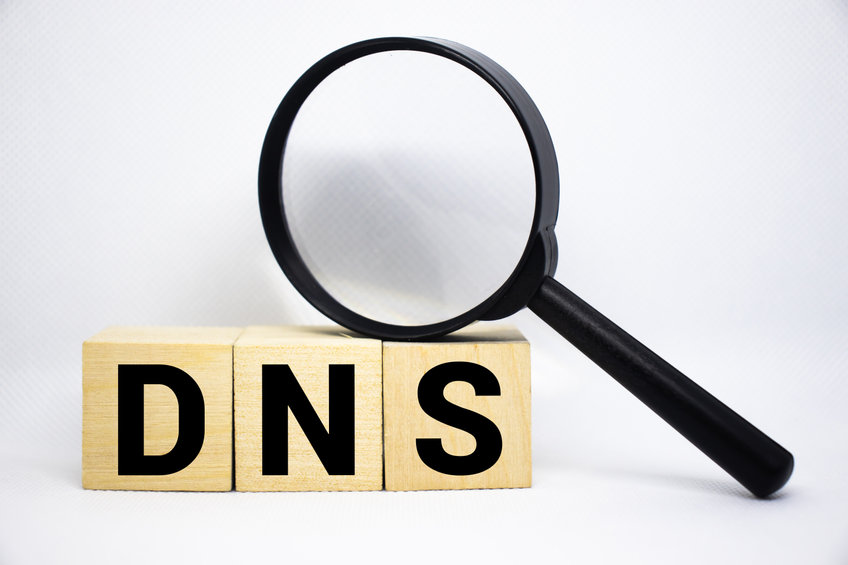Why is the PTR record so important?
PTR record is not one of the most popular DNS record types, but it is absolutely important. Why? We will explore this and its main purpose in this article. So, let’s start.
PTR record: Meaning
The reverse equivalent of an A record is known as a PTR record. The PTR record maps an IP address to a hostname, whereas the A record translates a domain name to an IP address. As a result, the Pointer record assures that your IP address connects to your host in an official manner.
If you’re utilizing both internal and external mail servers, you’ll need to set up the Pointer record. This record improves the reliability of sending servers by allowing the receiving end to verify your IP address’s hostname. It’s a great strategy to defend yourself from all kinds of spammers.





